IMFAR 2017
Recent articles
Patterns of DNA tags mark candidate genes for autism
Children with autism who carry mutations in the chromosomal region 16p11.2 or the gene CHD8 — two of the leading risk factors for autism — show distinct patterns of chemical tags on their DNA.

Patterns of DNA tags mark candidate genes for autism
Children with autism who carry mutations in the chromosomal region 16p11.2 or the gene CHD8 — two of the leading risk factors for autism — show distinct patterns of chemical tags on their DNA.
Having smart father raises child’s risk of autism
Children whose fathers are highly intelligent are at a higher risk of autism than those whose fathers are of average intelligence.
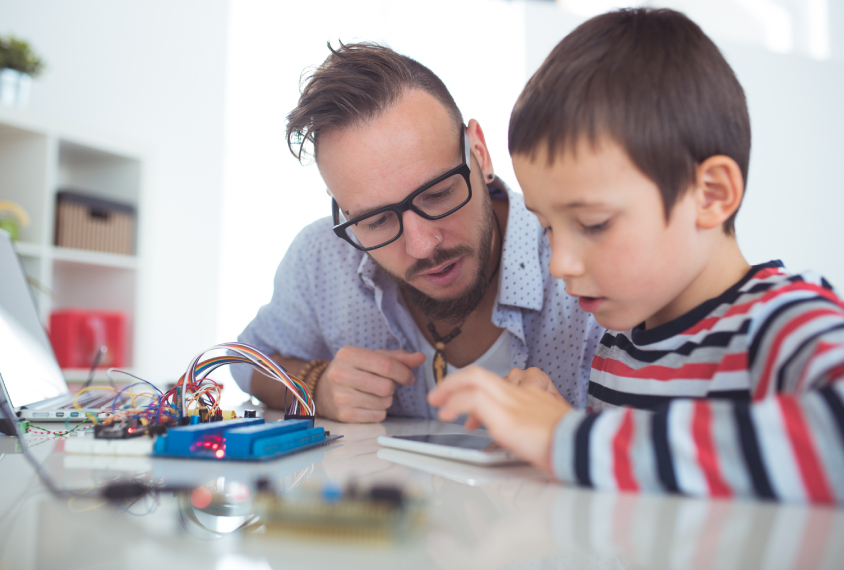
Having smart father raises child’s risk of autism
Children whose fathers are highly intelligent are at a higher risk of autism than those whose fathers are of average intelligence.
Long-term study shows language’s role in easing autism features
Difficulties with social communication appear to wane as toddlers with autism mature into young adults, perhaps due in large part to improvements in language ability.

Long-term study shows language’s role in easing autism features
Difficulties with social communication appear to wane as toddlers with autism mature into young adults, perhaps due in large part to improvements in language ability.
Top autism gene may alter sensory perception
An unusual brain response to sound may distinguish children with mutations in SCN2A, a leading candidate gene for autism.

Top autism gene may alter sensory perception
An unusual brain response to sound may distinguish children with mutations in SCN2A, a leading candidate gene for autism.
Rats with autism mutation turn deaf ear to playful entreaties
Male rats missing an autism candidate gene called SHANK3 spend less time sniffing, nuzzling and chasing their peers than controls do.
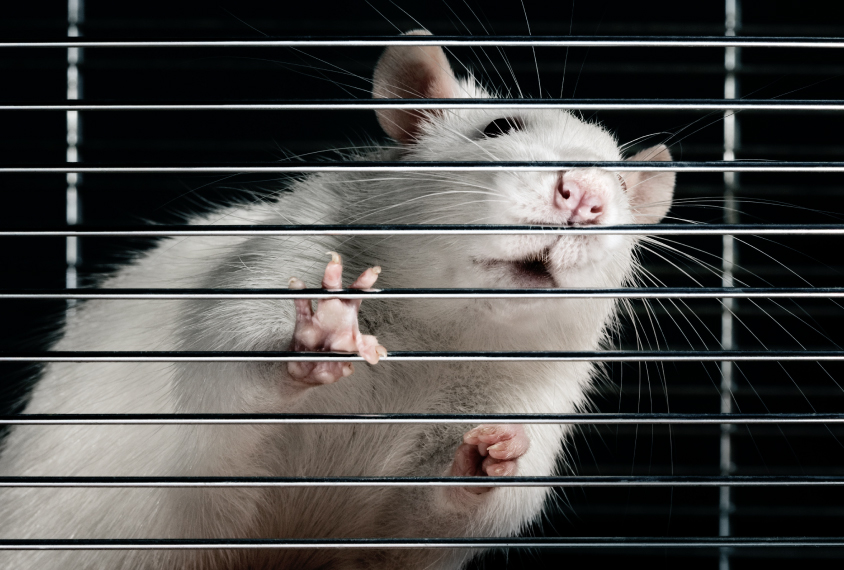
Rats with autism mutation turn deaf ear to playful entreaties
Male rats missing an autism candidate gene called SHANK3 spend less time sniffing, nuzzling and chasing their peers than controls do.
Small head, speech delay characterize mutations in autism gene
Children with mutations in a gene called DYRK1A, a leading autism candidate, have a distinct set of features, including intellectual disability, speech delay, motor problems and a small head.
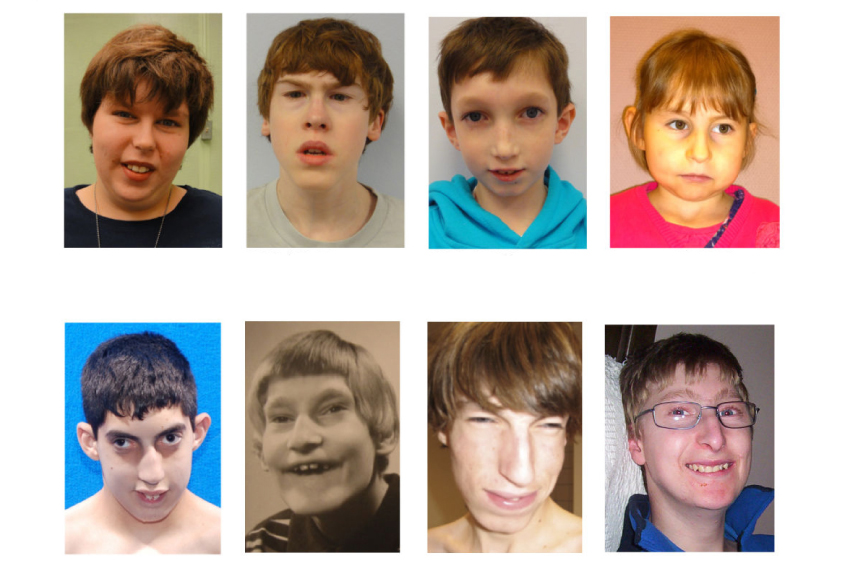
Small head, speech delay characterize mutations in autism gene
Children with mutations in a gene called DYRK1A, a leading autism candidate, have a distinct set of features, including intellectual disability, speech delay, motor problems and a small head.
Common variants, rare mutations combine to shape autism risk
Children with autism inherit a greater burden of common genetic variants associated with autism than would be expected by chance. These variants combine with rare, spontaneous mutations to boost autism risk.
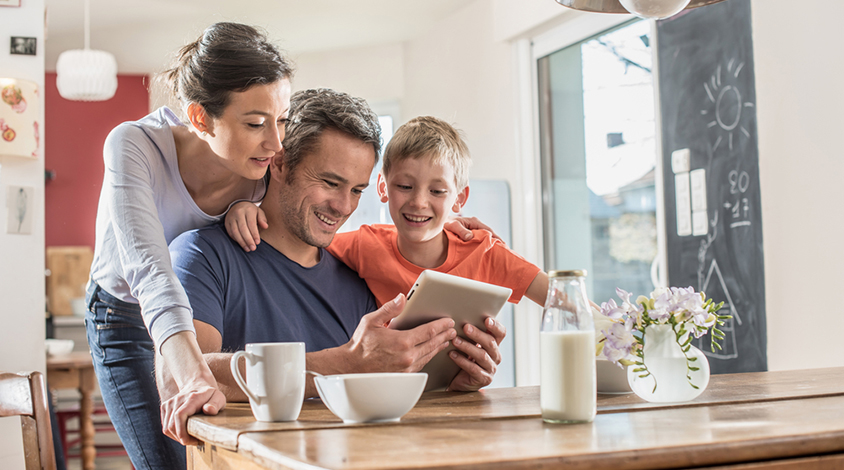
Common variants, rare mutations combine to shape autism risk
Children with autism inherit a greater burden of common genetic variants associated with autism than would be expected by chance. These variants combine with rare, spontaneous mutations to boost autism risk.
Persistent motor problems may flag autism in ‘baby sibs’
Infant siblings of children with autism who also have the condition show motor problems into their second year.

Persistent motor problems may flag autism in ‘baby sibs’
Infant siblings of children with autism who also have the condition show motor problems into their second year.
Altered circuit may underlie repetitive behaviors in autism
A brain circuit that controls movement is altered in people with autism, a postmortem brain study suggests.

Altered circuit may underlie repetitive behaviors in autism
A brain circuit that controls movement is altered in people with autism, a postmortem brain study suggests.
Adolescence unmasks autism traits in girls
Autism traits may become more apparent as girls reach adolescence but stay stable in boys.
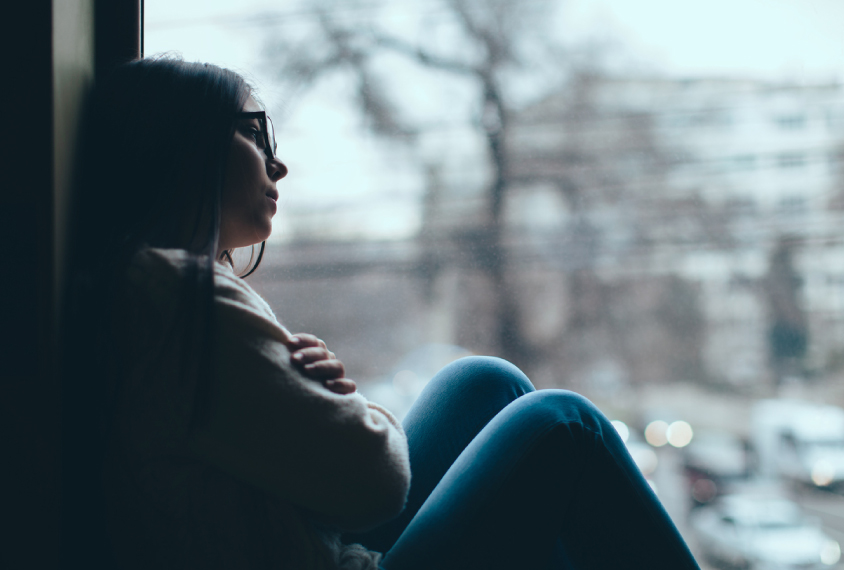
Adolescence unmasks autism traits in girls
Autism traits may become more apparent as girls reach adolescence but stay stable in boys.
Explore more from The Transmitter
‘Wired for Words: The Neural Architecture of Language,’ an excerpt
In his new book, Hickok provides a detailed overview of the research into the circuits that control speech and language. In this excerpt from Chapter 5, he shares how meeting his colleague David Poeppel led to them developing the theory for bilateral speech perception.

‘Wired for Words: The Neural Architecture of Language,’ an excerpt
In his new book, Hickok provides a detailed overview of the research into the circuits that control speech and language. In this excerpt from Chapter 5, he shares how meeting his colleague David Poeppel led to them developing the theory for bilateral speech perception.
Plumbing the link between anti-CASPR2 antibodies and autism; and more
Here is a roundup of autism-related news and research spotted around the web for the week of 1 December.

Plumbing the link between anti-CASPR2 antibodies and autism; and more
Here is a roundup of autism-related news and research spotted around the web for the week of 1 December.
This paper changed my life: Nancy Padilla-Coreano on learning the value of population coding
The 2013 Nature paper by Mattia Rigotti and his colleagues revealed how mixed selectivity neurons—cells that are not selectively tuned to a stimulus—play a key role in cognition.

This paper changed my life: Nancy Padilla-Coreano on learning the value of population coding
The 2013 Nature paper by Mattia Rigotti and his colleagues revealed how mixed selectivity neurons—cells that are not selectively tuned to a stimulus—play a key role in cognition.